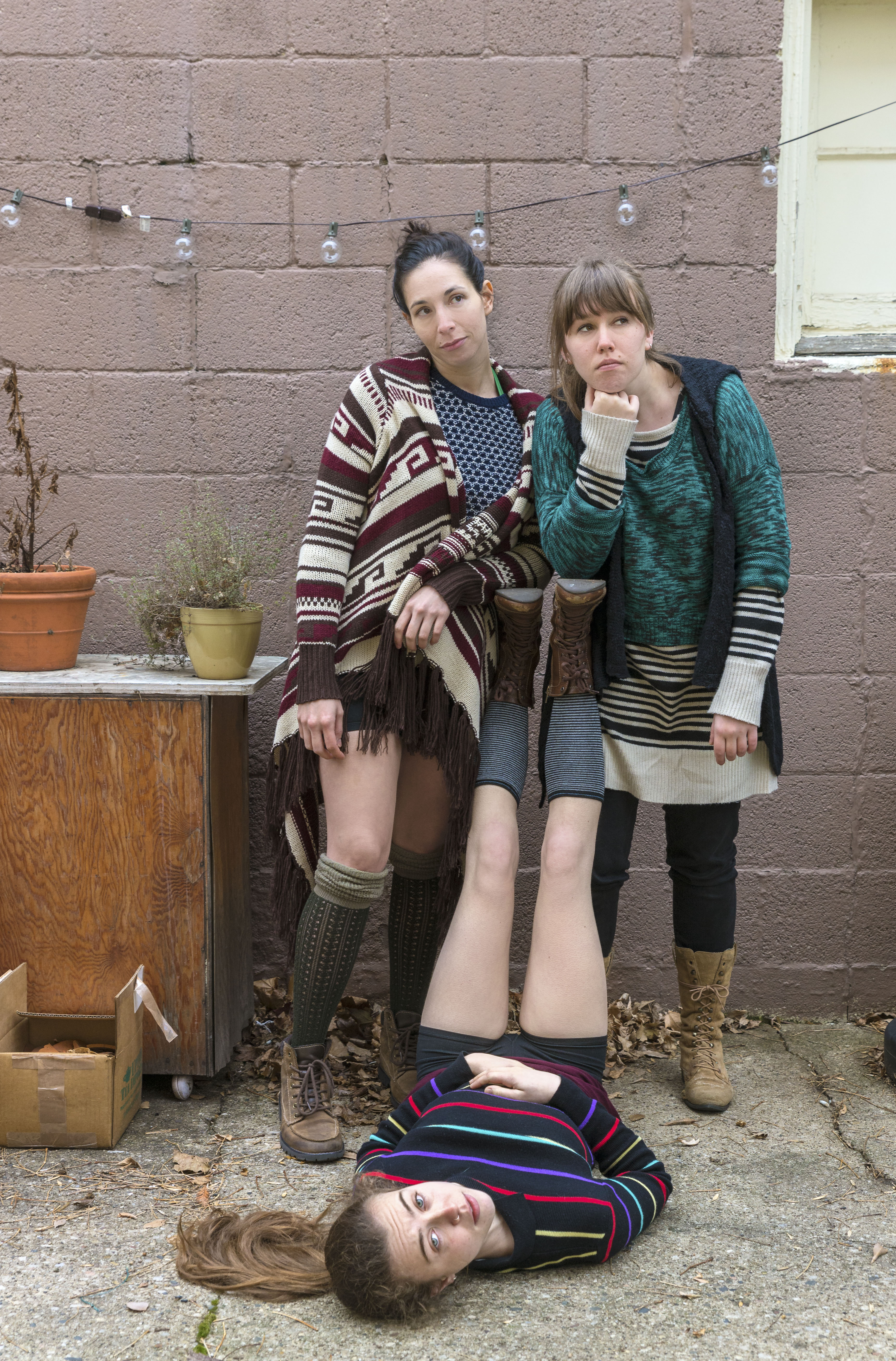With every class that graduates from the Dance Center of Columbia College Chicago comes a gaggle of tiny new dance companies, followed by an equal number of Kickstarter campaigns, and enthusiastic audiences largely made up of… each other.
But every once in awhile, one or two of the “little guys” sticks around more than a season and turns into something special. Emerging from the Columbia gaggle are mainstay companies the likes of Synapse Arts and Laboratory Dancers. Philip Elson, Cristina Tadeo and Amanda Timm continue to present fresh and promising work. Even Margi Cole’s Dance COLEctive, Rachel Bunting’s The Humans, and Atalee Judy’s now defunct BONEDanse are among the many companies to rise from the Dance Center (not to mention Mordine & Company, whose namesake founded the place).
Other promising dancemakers have left for New York (as is the case with recent grad Erica Ricketts), or bailed entirely. You see, making dances is hard, and expensive, and yesterday’s letter from the Illinois Arts Council freezing funds on present, past, and future artistic projects makes it hard to imagine why anyone would want to make dances at all. Seeing The Coincidentals in their first outing at Hamlin Park Fieldhouse helped.

The Coincidentals is the latest installment in Columbia post-grad small contemporary dance companies, presenting an inspired two-night concert titled Sweater Weather. While the test of a new dance company is typically its second concert, not its first, Sweater Weather offers us hope for the future, despite the doom-and-gloom financial outlook.
The three women making up the collective (Nathalia Alarcon, Lydia Feuerhelm and Jamie Corliss) each presented new works with a small-ish ensemble of dancers, many of whom are still students at the Dance Center. Tightly rehearsed, professionally produced, original work teeming with interesting ideas yielded reflective “hmms” and rousing applause from the audience as the night wore on.
Jamie Corliss was the only of the three pieces to flirt with the evening’s title, as five dancers donning leggings and frumpy sweaters played with intriguing patterns and partnering. Central to Transposition is copious amounts of text referencing creature comforts of home, and one dancer cradled in another’s arm. The text feels forced and superfluous – particularly when the topic shifts to a monologue about refugees – distracting the viewer from Corliss’ rich movement vocabulary. Her piece might have shown more strongly if not for Alarcon’s Politics of (in)accessibility and Feuerhelm’s Tether.
Tether evokes images of water and boats through its sound score and use of white rope crocheting four dancers together. The product, however, is greater than the sum of its parts, and Tether is layered with intricate musings that play with abstractions of tension and slack in the relationships we form with others. Alarcon’s Politics of (in)accessibility is a delightful romp exploring her own relationship with producing and presenting art. The dancers’ characters are intensely nonchalant – almost Sim-like – and the dance is filled with more than one delicious moment of irony and humor. The central character in this piece is Juan David Alarcon’s sound design, ending with a poignant Alan Woods commentary stating that “Nowadays, art is a form of prostitution… a commodity to be bought or sold on a vast scale.”
The Coincidentals’ success rides not on this outing, but the next. However, they appear ready and anxious to duke it out among Chicago’s many dance companies. If these ladies can manage to keep this up, they’ll be just fine.
